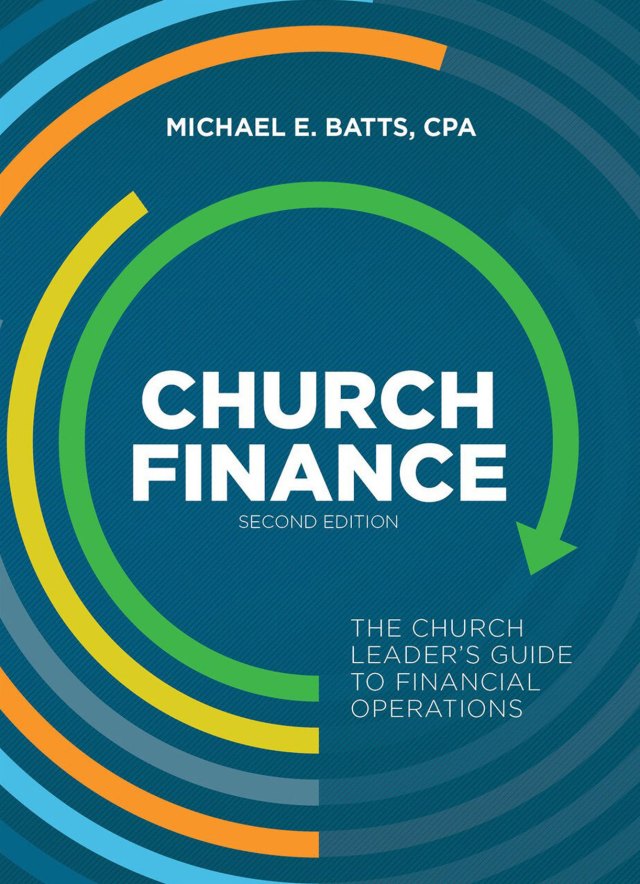When I present at church board meetings, board members often ask me, “How can we be sure our church is financially healthy?”
It’s hard to apply the same methods to all churches because each has its own unique circumstances and challenges. The measurements and ratios that could show a warning for one church may not be meaningful to another. However, there are some indicators I always review, no matter what the underlying financial condition of the church. These will prove helpful guides for your church in monitoring financial health throughout the year.
Net Cash Availability
Cash is king. Your church must have enough cash on hand to operate today while also setting aside reserves for future months when giving may go down. A church without necessary reserves will be scrambling to operate in the short term, no matter what its other balances are.
One indicator of this is the Net Cash Availability measure, which is calculated as follows:
“Total Cash and Investments – Adjusted Current Liabilities (Current Liabilities Excluding Amounts Borrowed on a Construction Line of Credit) – Temporarily Restricted Net Assets”
The statement of financial position answers the question, “How much cash do we have?” but it doesn’t answer the question, “Whose cash is it, and how much of it can we spend?” The answers to those questions are typically very different; thus, net cash availability should be one of the most important measures your church leadership monitors. It uses the sum of total cash and investments less certain amounts the church may owe or need to spend for specific purposes due to donor restrictions. It calculates the amount of cash available for other uses, once the church has satisfied its current operating obligations and set aside appropriate funds for projects resulting from donors who have restricted their gifts’ uses.
I like to see that a church has at least one month’s worth of cash expenses on hand. If the amount is below that, it could be a warning: Any negative amount indicates borrowing from temporarily restricted funds and that immediate corrective action is necessary.
Giving Versus Expenses
Another key indicator I look at is trends in giving compared to expenses. The first measure I use is Total Contributions per Giving Unit, which is calculated as:
The ratio of “Total Contributions – Accrual Pledges – Large One-time Gifts” to “Giving Units”
The second measure is Total Cash Expenses per Giving Unit, which is calculated as:
The ratio of “Total Cash Expenses (Expenses – Depreciation Expense)” to “Giving Units”
These measurements use the concept of a giving unit, which is a group of family members (or any recurring supporters of the church) who contribute jointly. This specifically excludes individuals who make smaller, one-time gifts, such as to a short-term missions trip. To identify only the regular recurring giving units, it is necessary to set a minimum dollar threshold: for example, giving units that contribute more than $250 annually.
The power of these measures comes when you compare them to each other. Have you ever wondered what the net position is between total contributions received and the financial cost per giving unit? The comparison takes the net between these two measures and gives the church the information to know whether the cash contributed by the regular givers is enough to cover the cost per giving unit.
When looked at individually, the contribution measure highlights trends in congregational giving habits between years. Keep in mind that during the period of a capital campaign, this figure may be inflated due to an increase in smaller gifts, which are not removed from the calculation.
The cash expense measure also highlights trends in spending practices between years. While the trends do not provide enough information to figure out the cause of over-spending, they do reveal any growing problems.
Measuring Key Resource Outflows
Finally, I know a church will not be healthy if this expense ratio is too high:
The ratio of “Personnel (Salaries + Benefits) + Mandatory Debt Service Payments (Principal + Interest Expense)” to “Total Expenses – Depreciation Expense”
The largest expense on the financial statements of most churches is salaries and benefits. This is understandable, as a church provides services performed by individuals, both paid employees and volunteers. Debt service payments—which are a reduction of a liability and not an expense—represent the second-largest outlay. Together, these items represent a majority of resource outflows from the local church.
So it is vital to continually watch these levels as a percentage of cash expenses. It is also important to promptly follow up on changes in trends to ensure you are continually maximizing your ministry resources.
This ratio, which can be split into two separate pieces, allows your church to look at two of its largest outflows and determine the portion of the operating budget that will be used. A growth cycle can often result in an amount of debt the church anticipates being able to pay off as more people are able and encouraged to attend, yet the church needs to be able to pay the bills and provide the services that will attract new people with the current budget. I get concerned when this combined ratio is not within 40 percent to 70 percent of total cash expenses.
Data to Help You Make Informed Decisions
Monitoring key financial data will help your leadership team assess your church’s financial health, identify areas for improvement, and be good stewards of your resources. The ratios and measures discussed above provide a good start.





